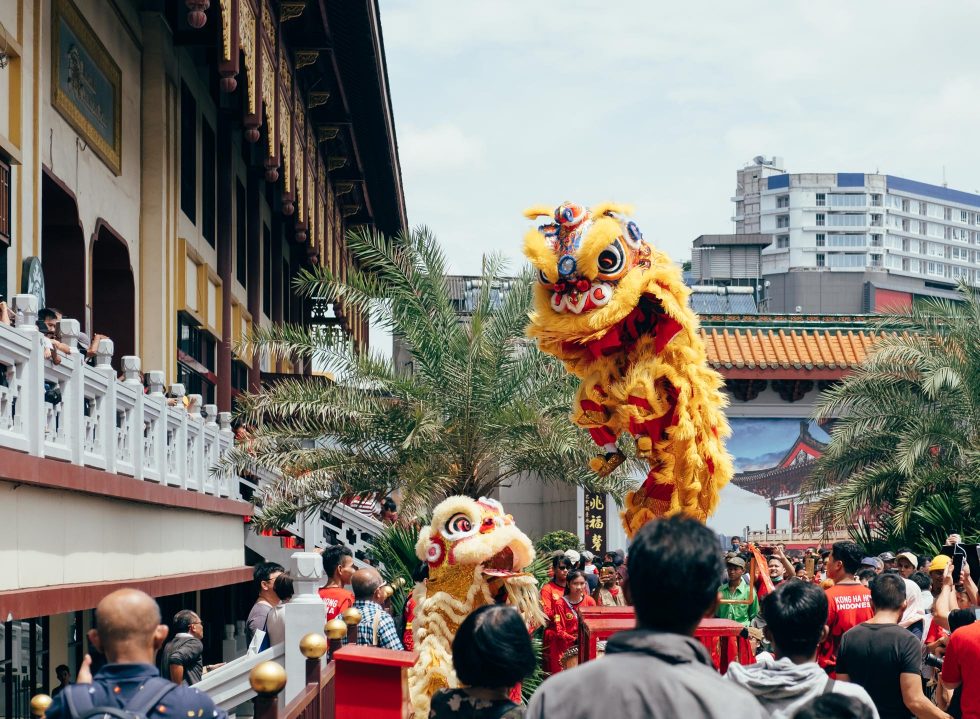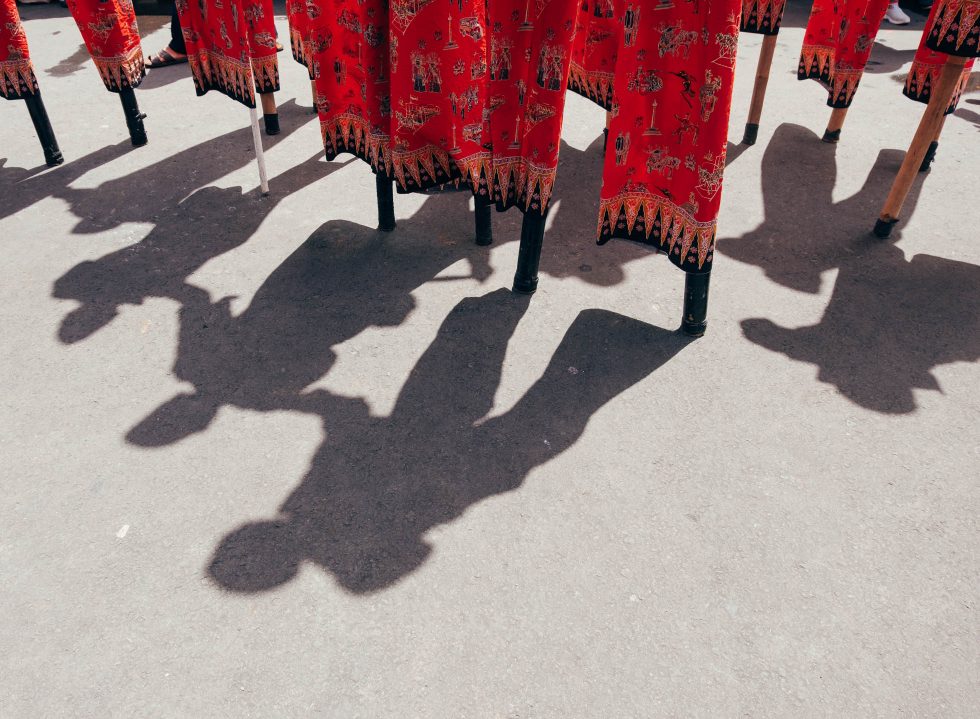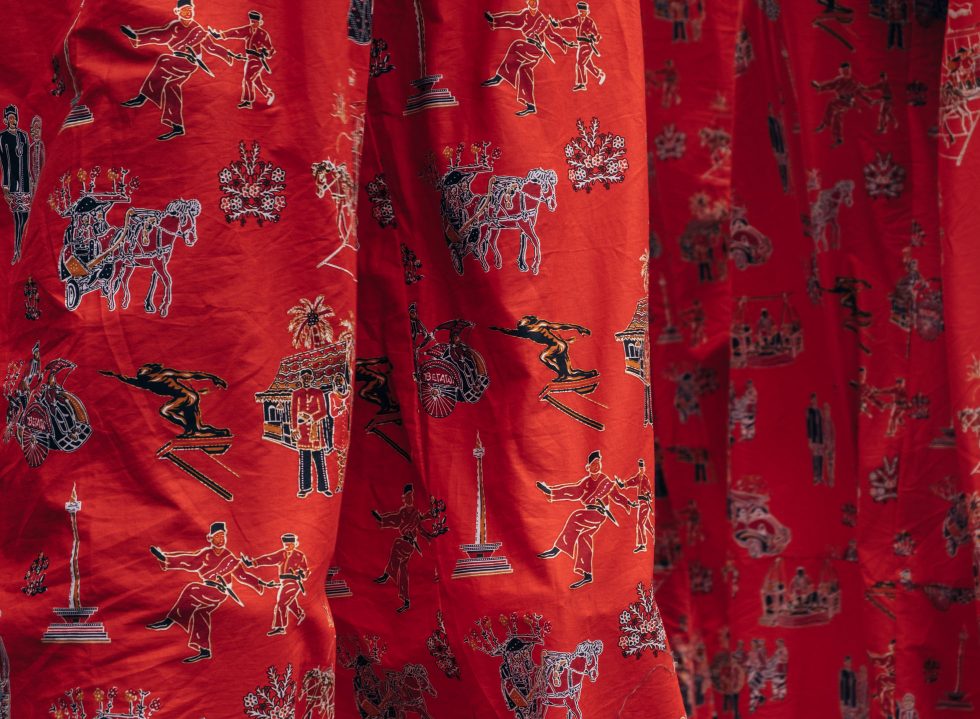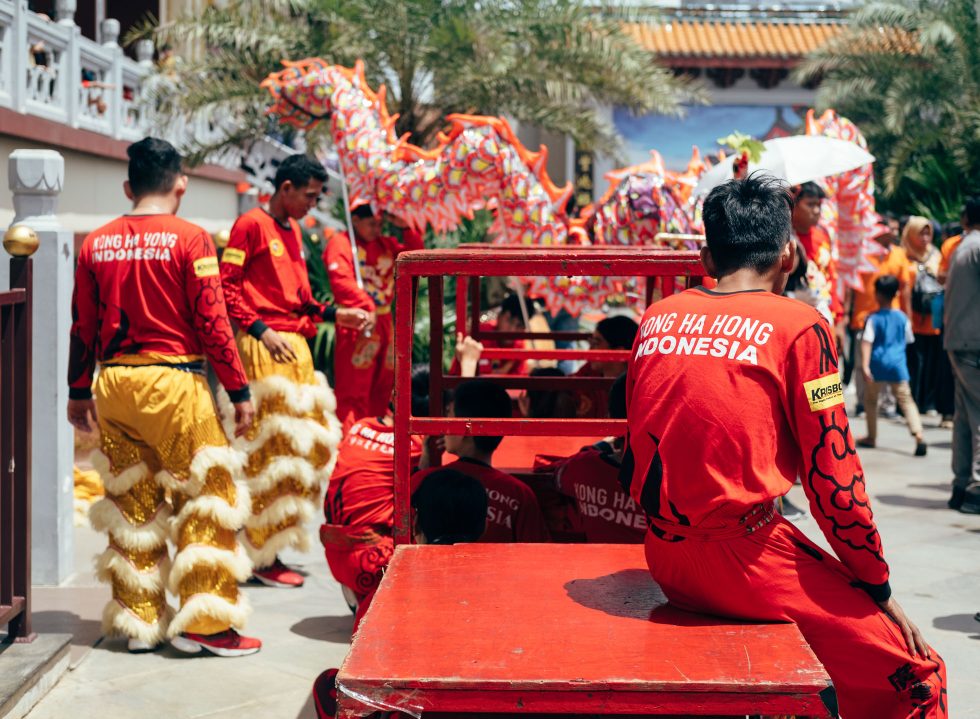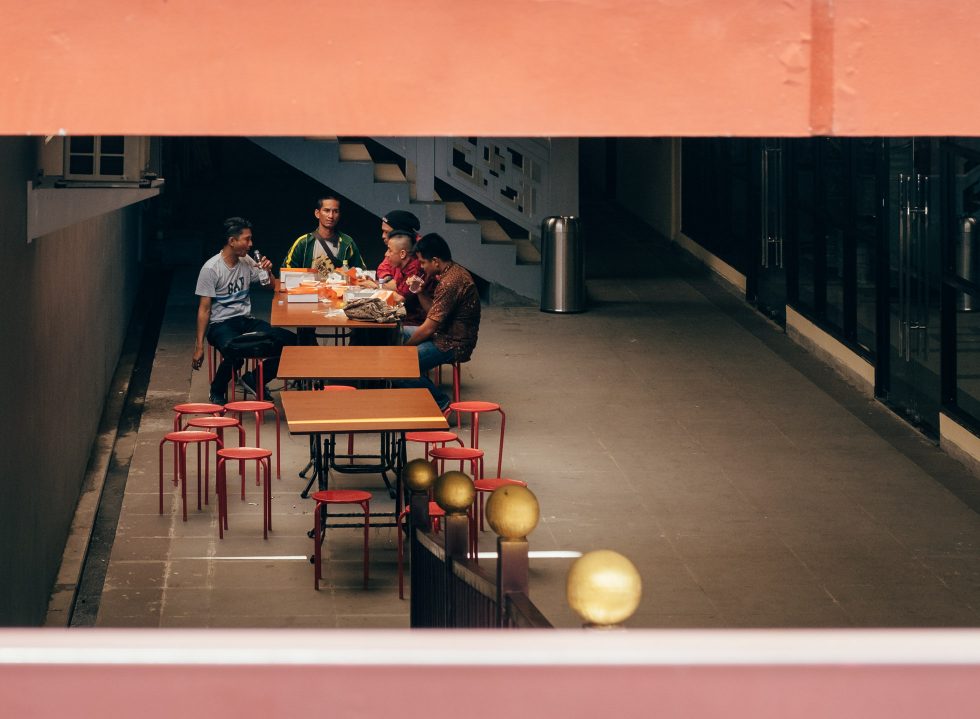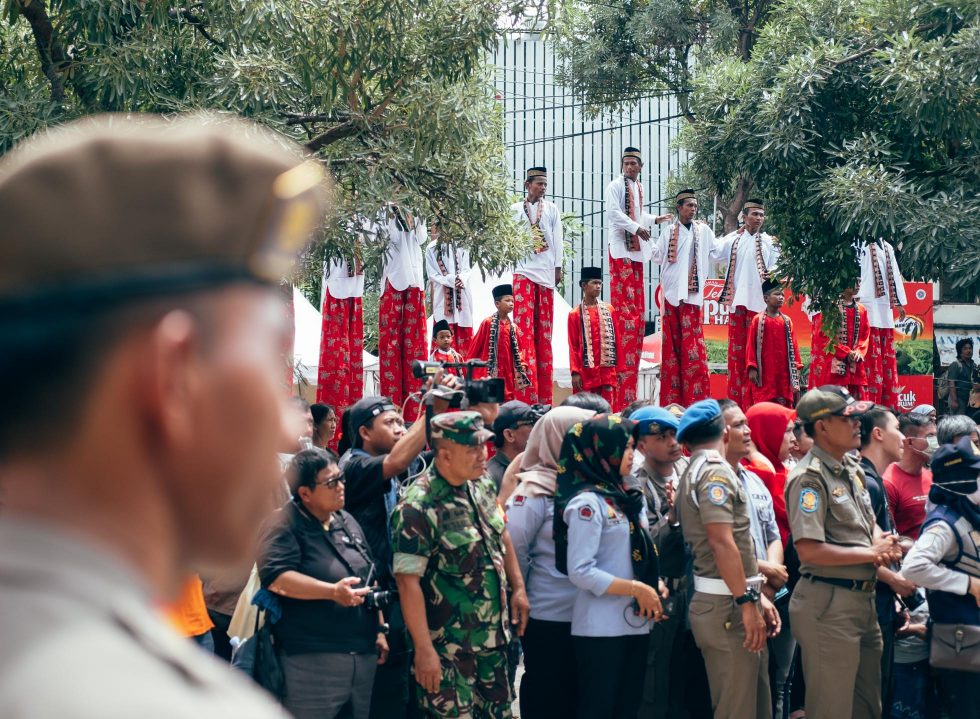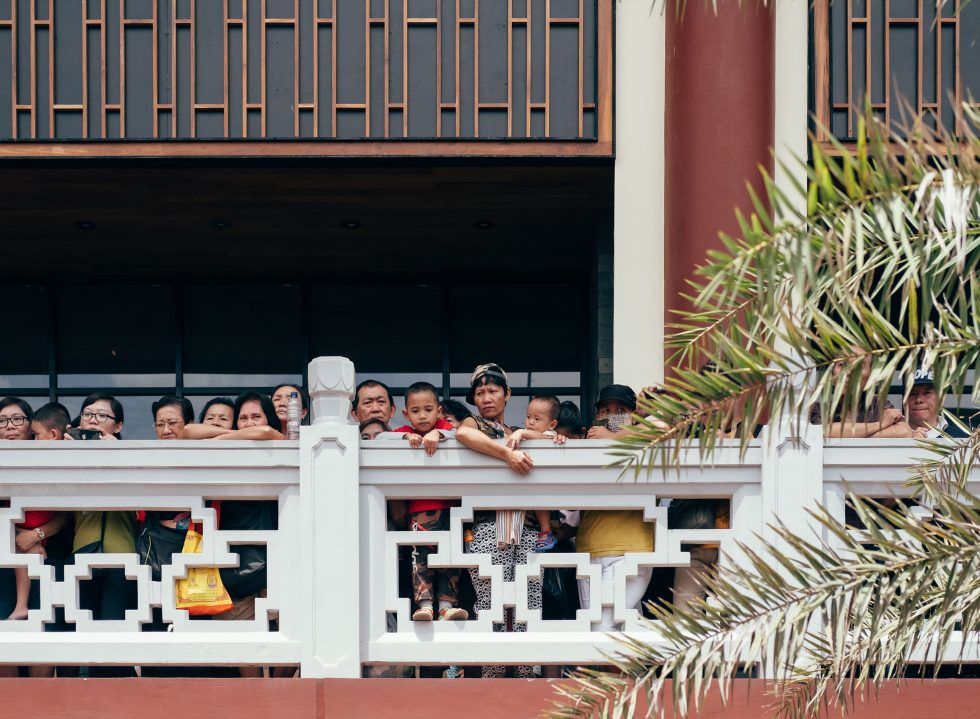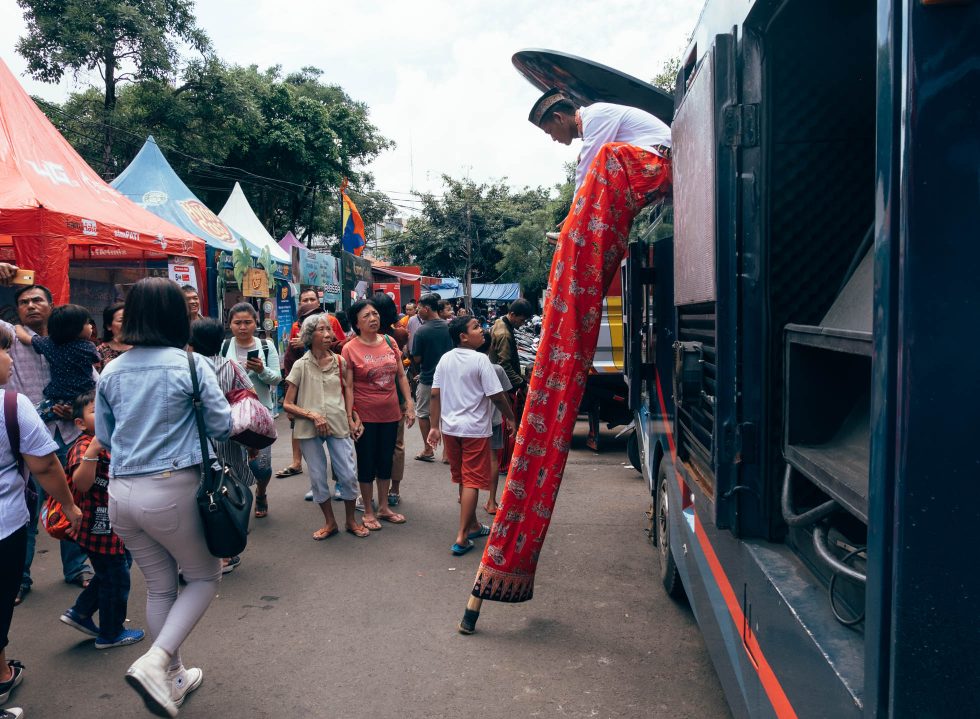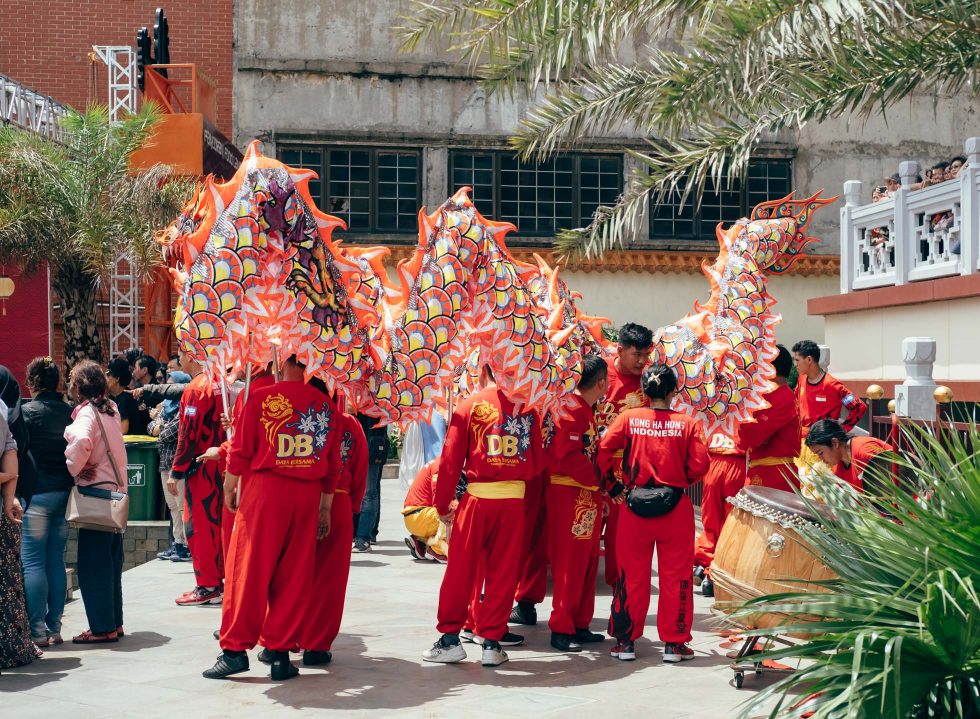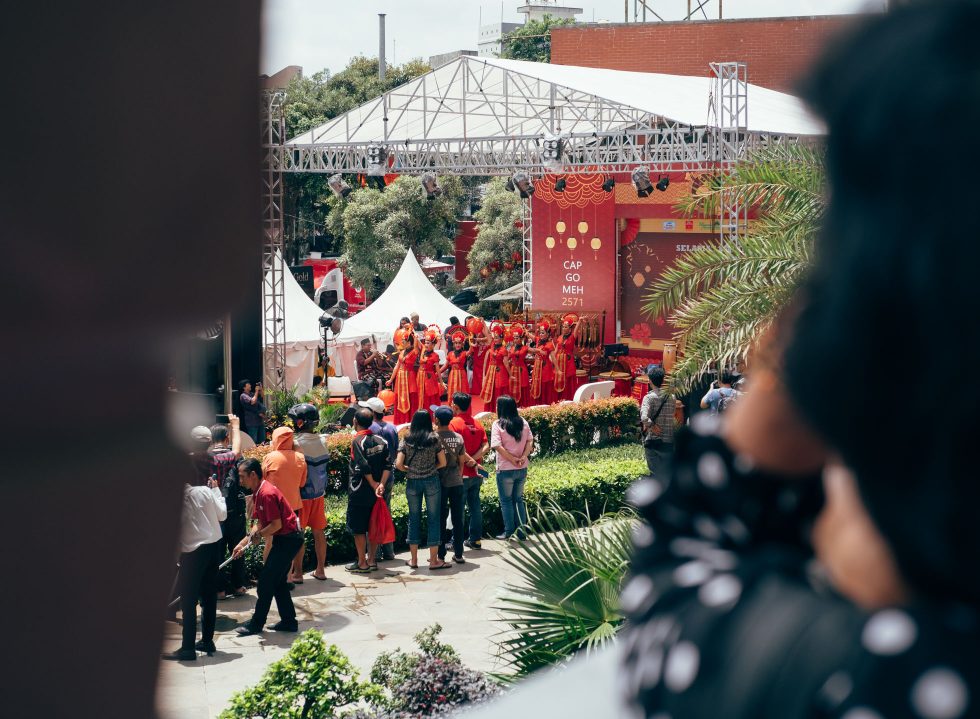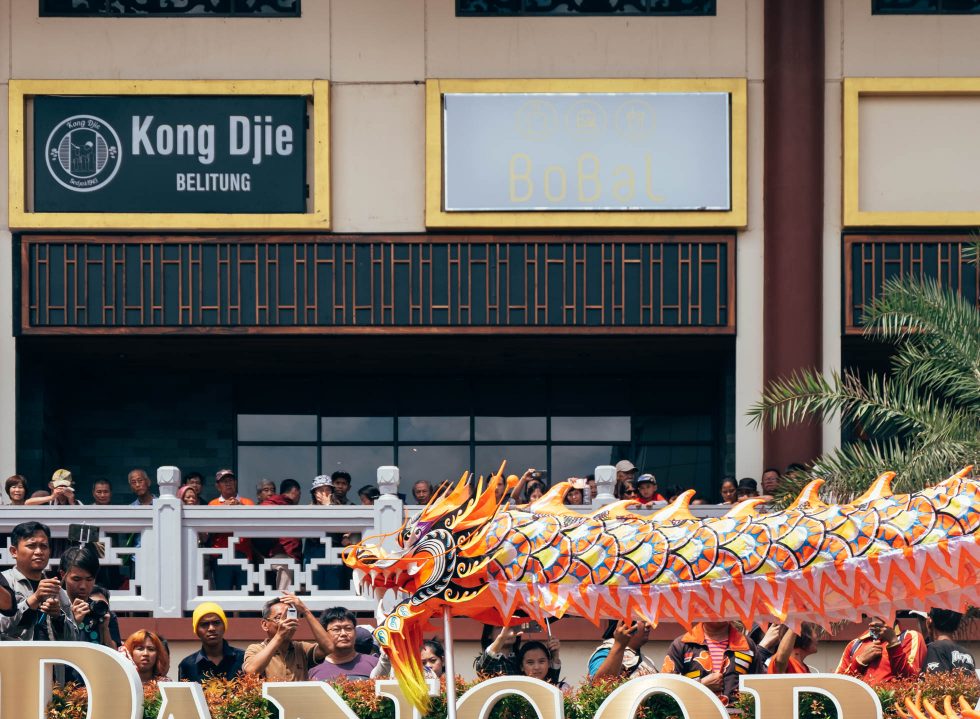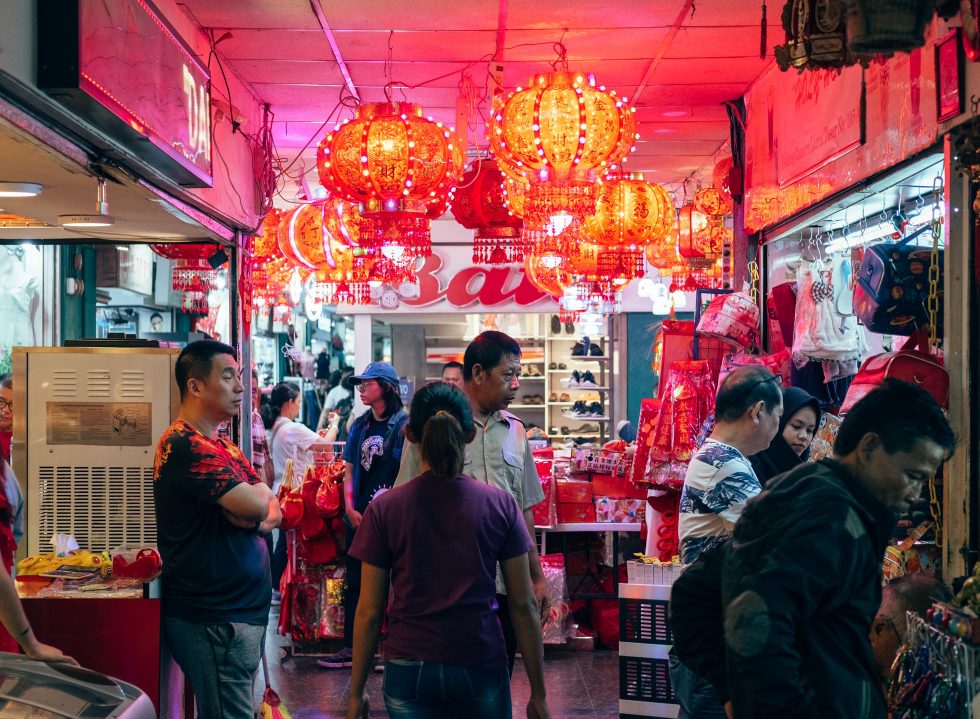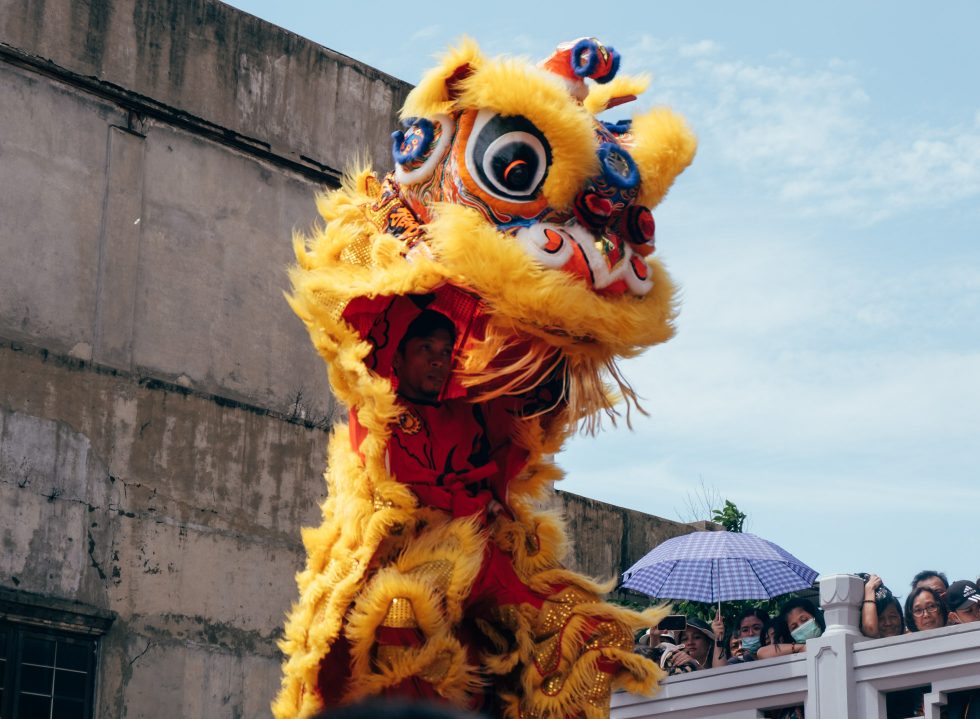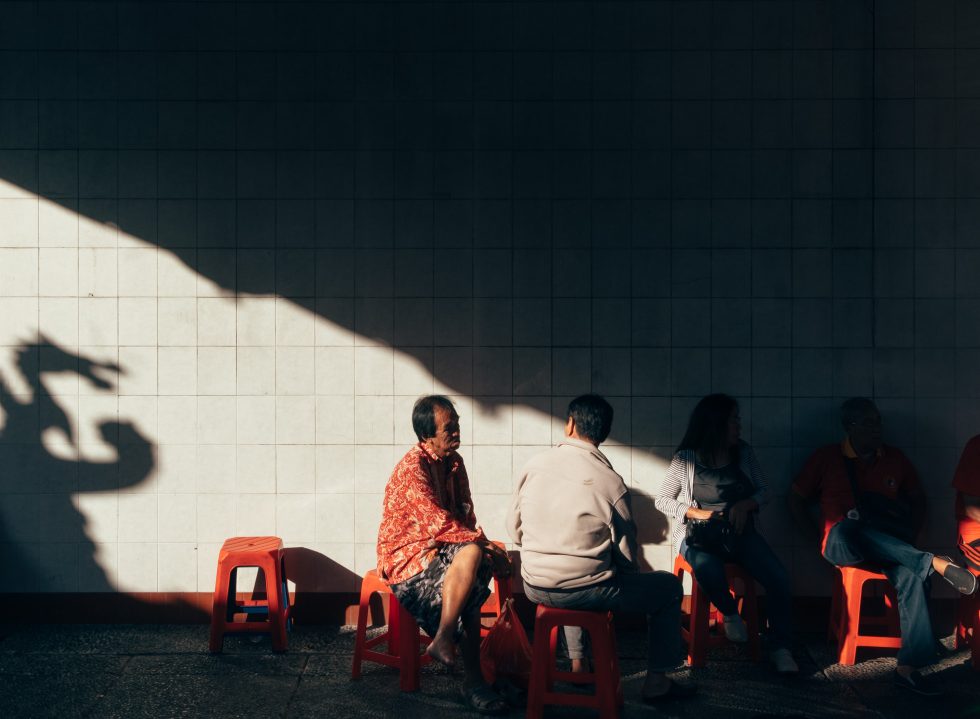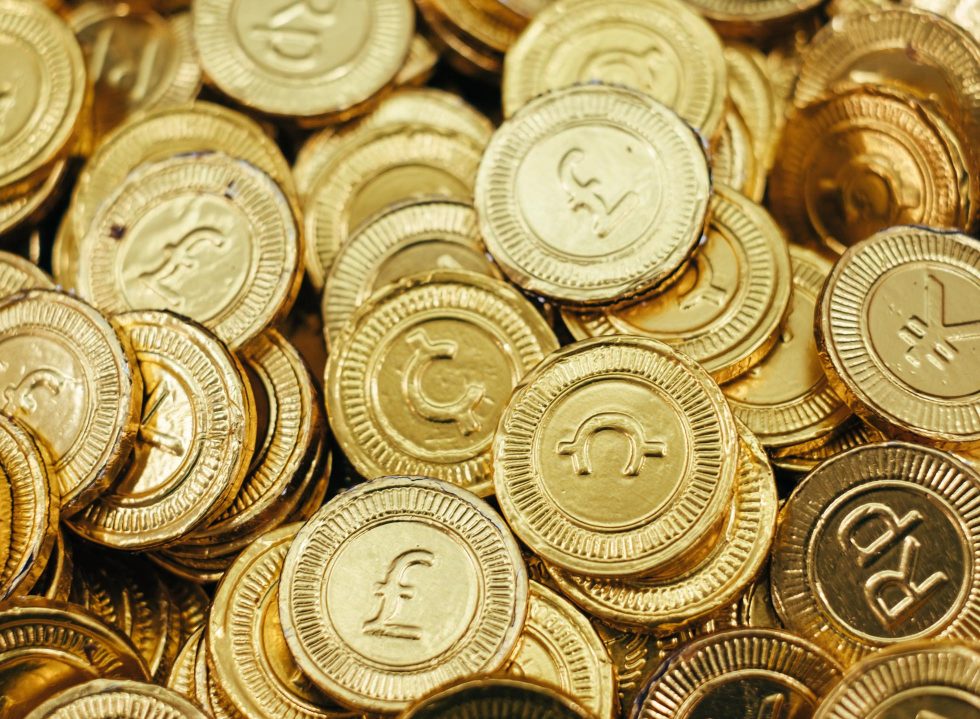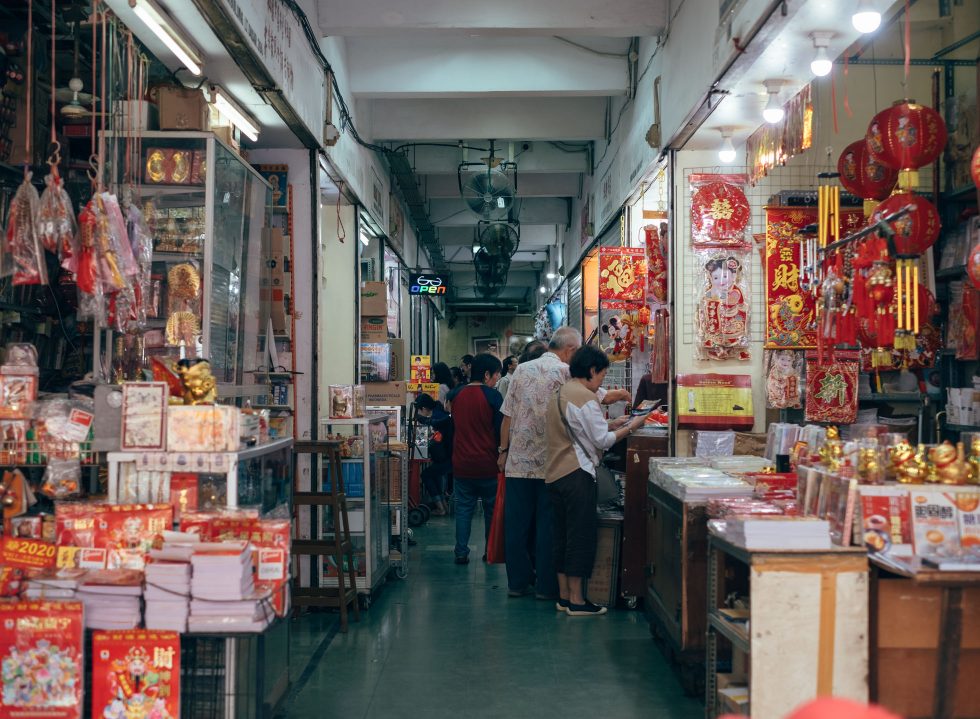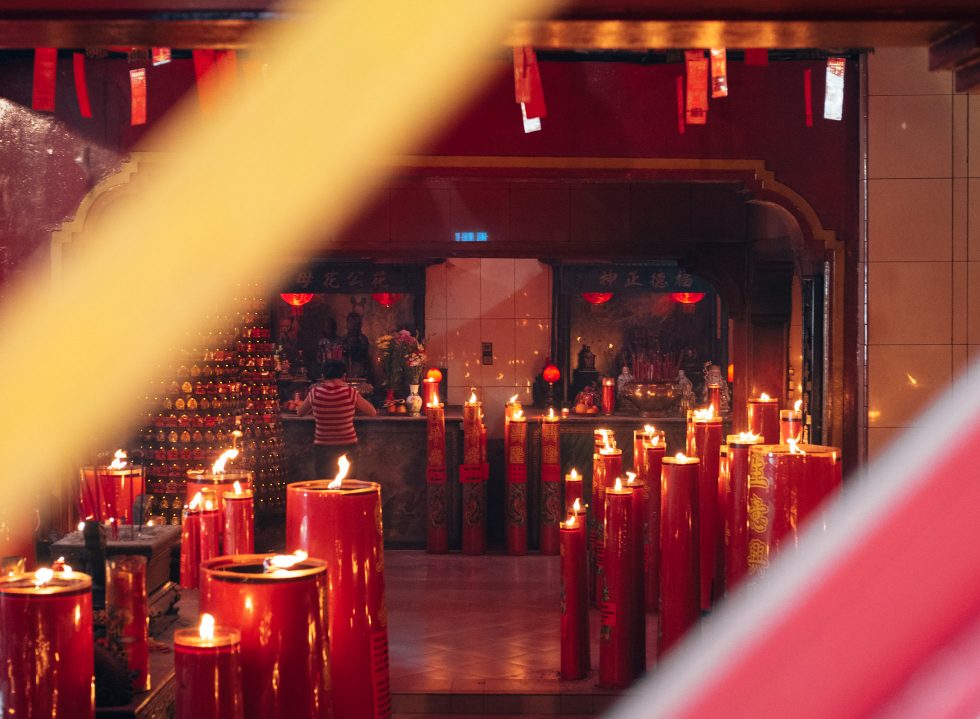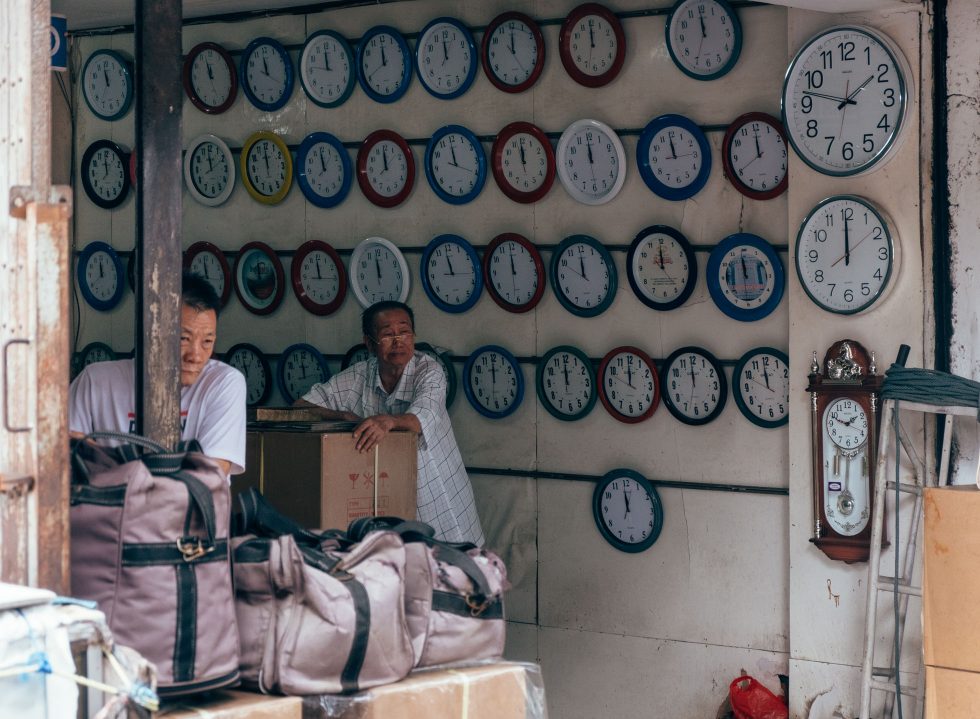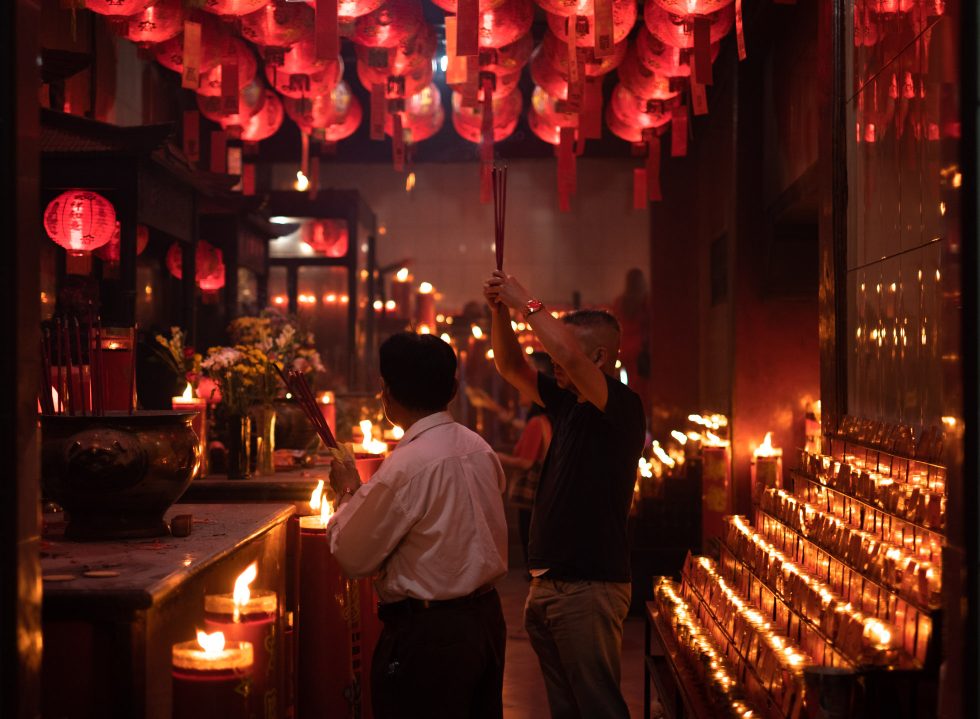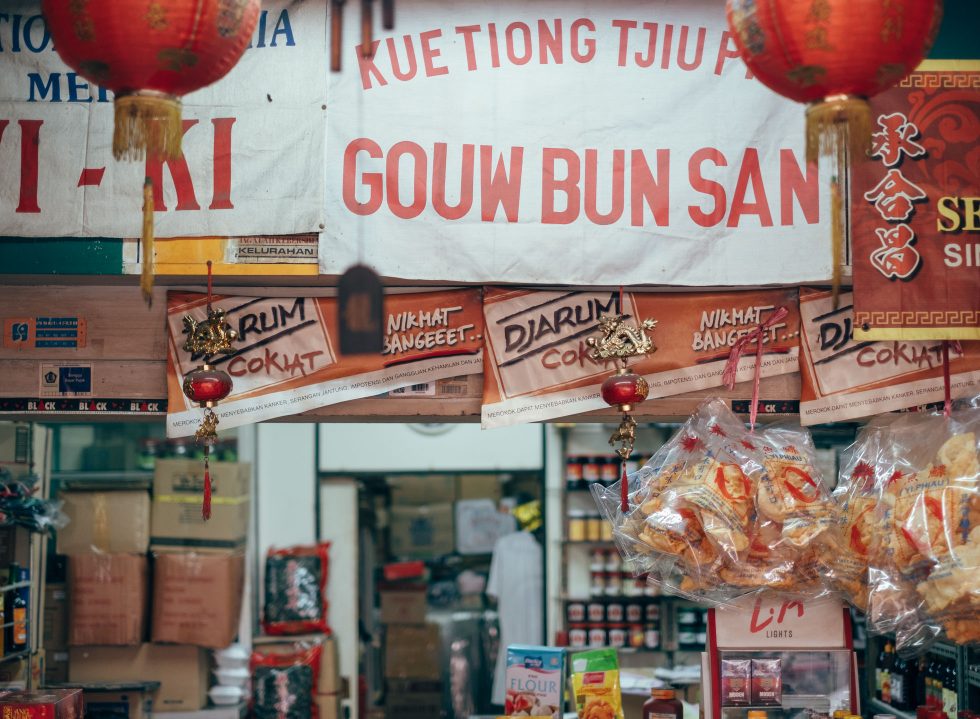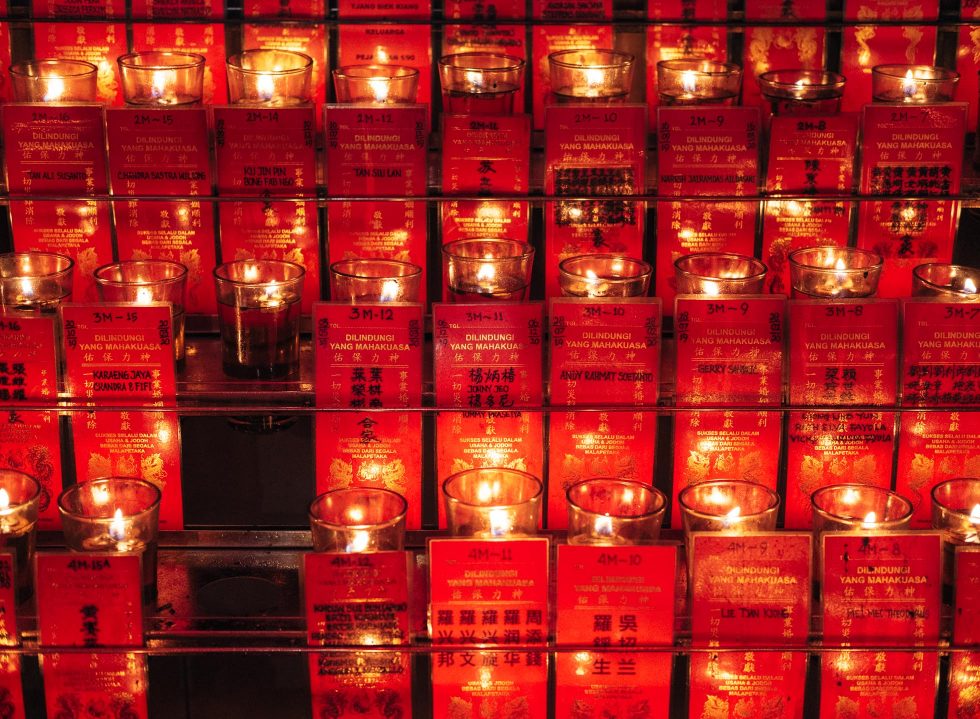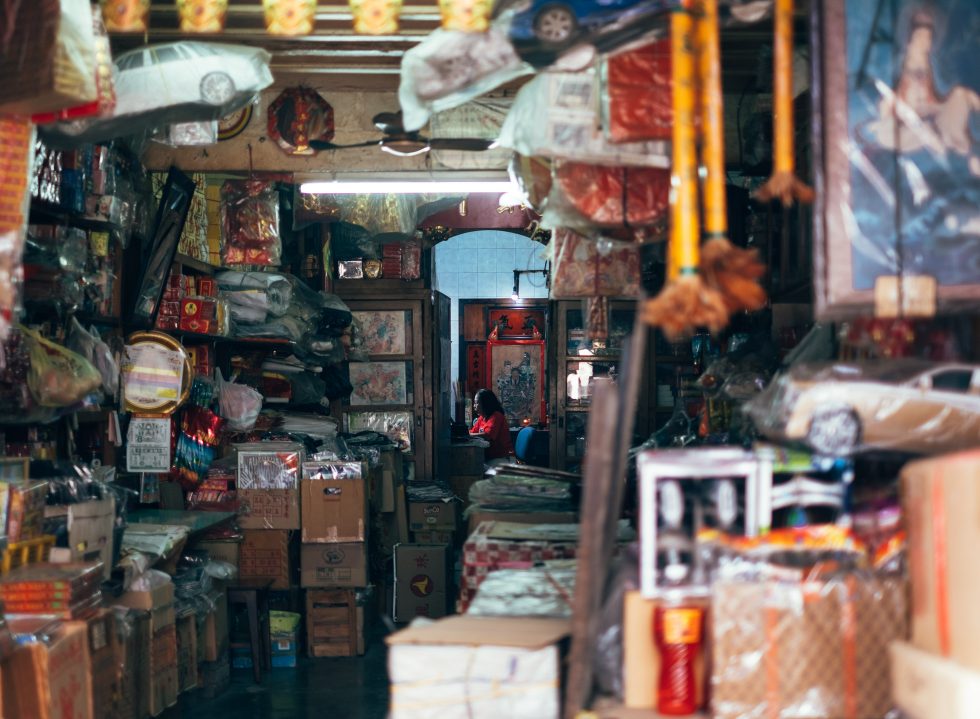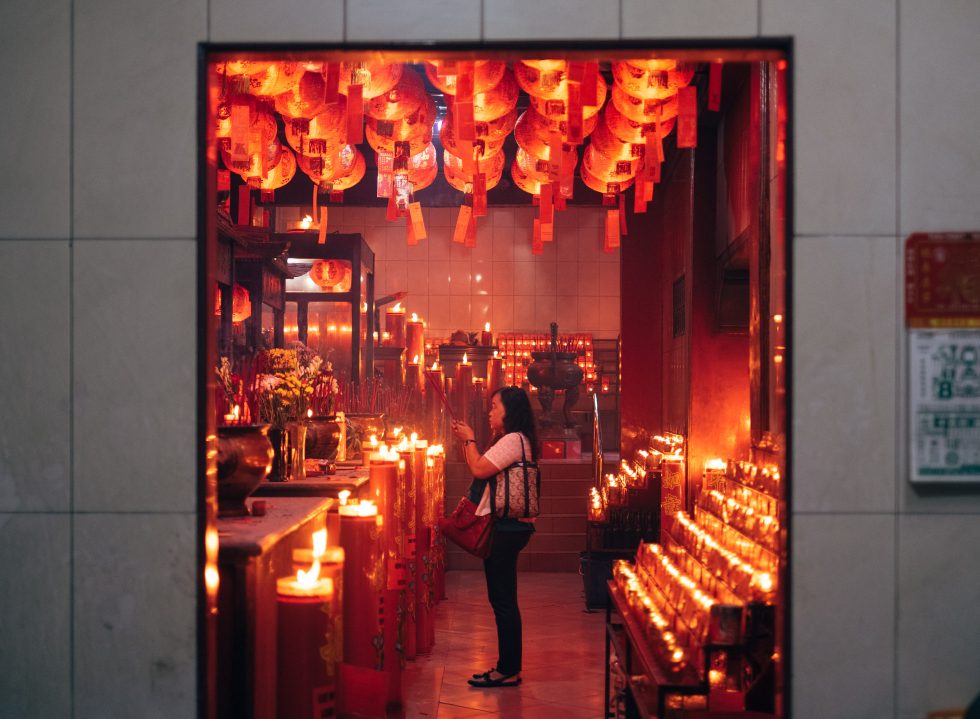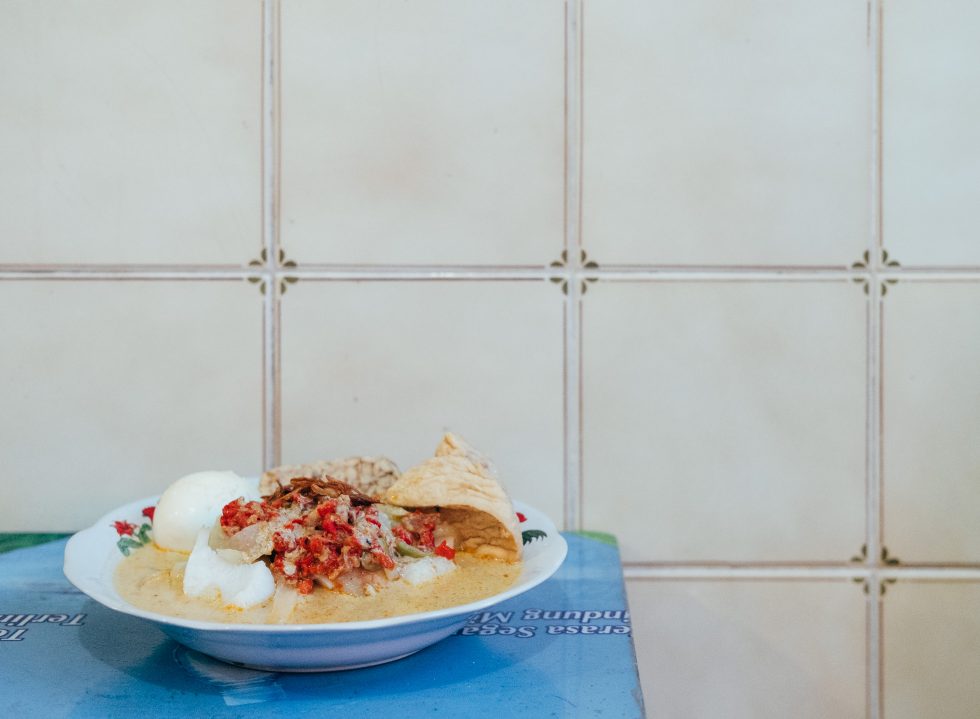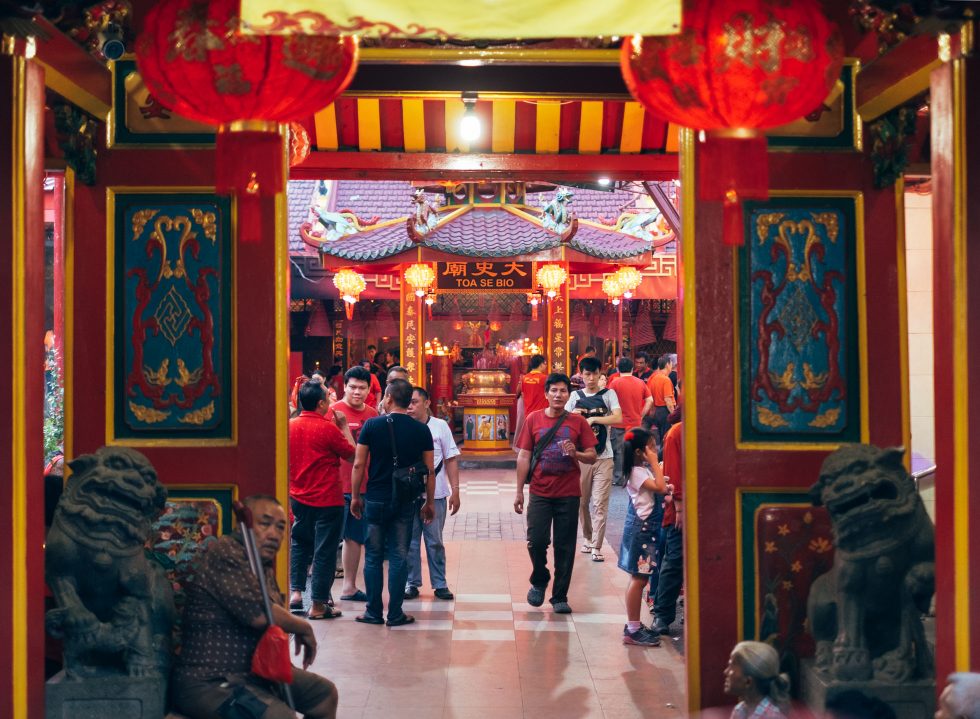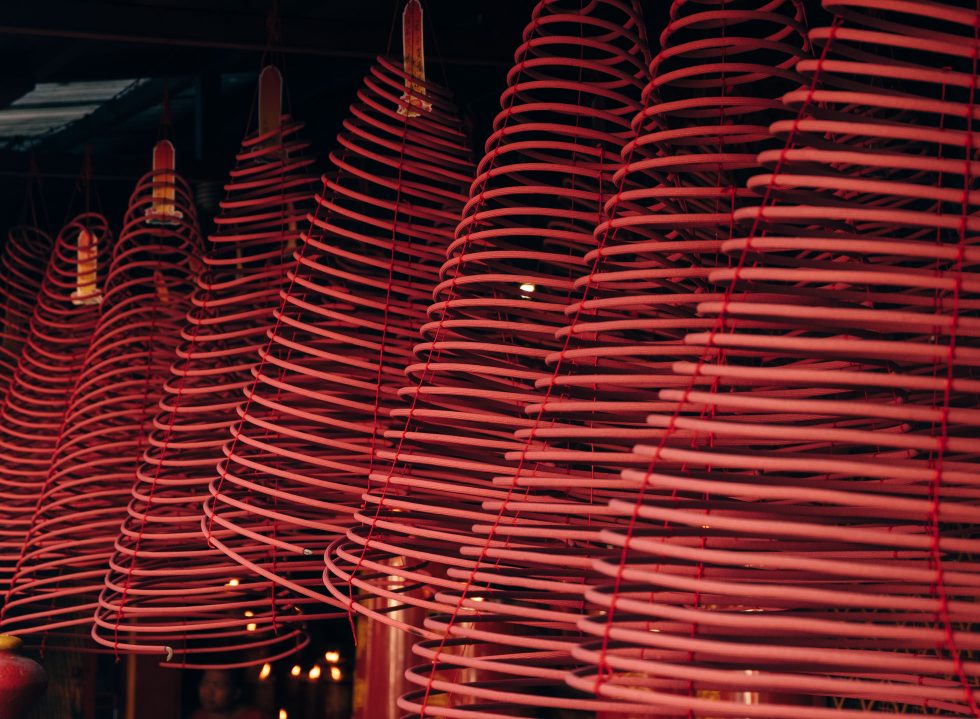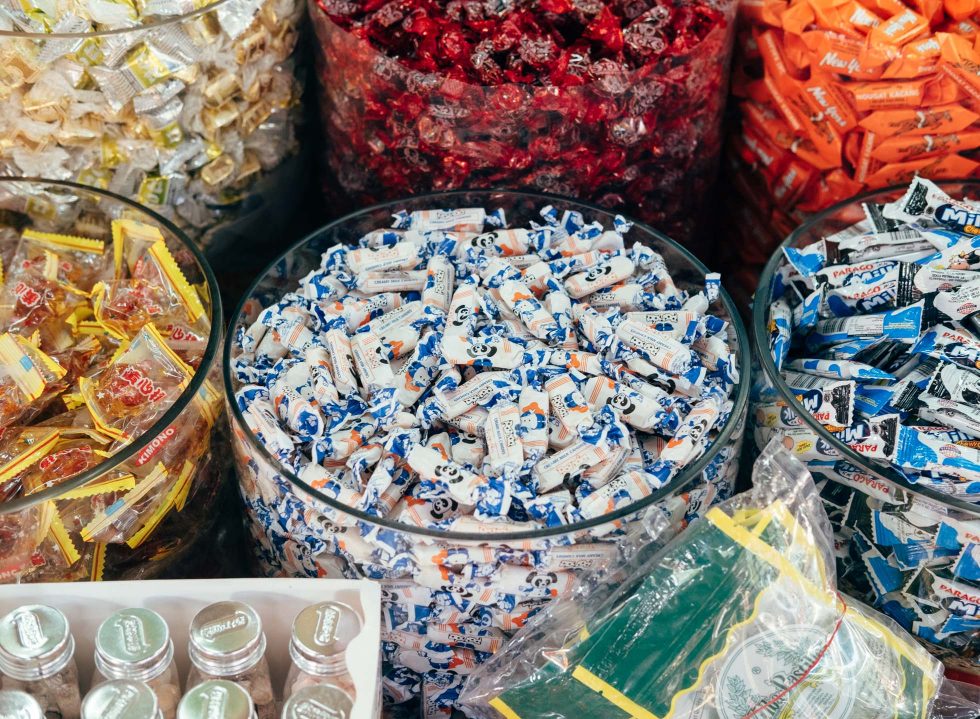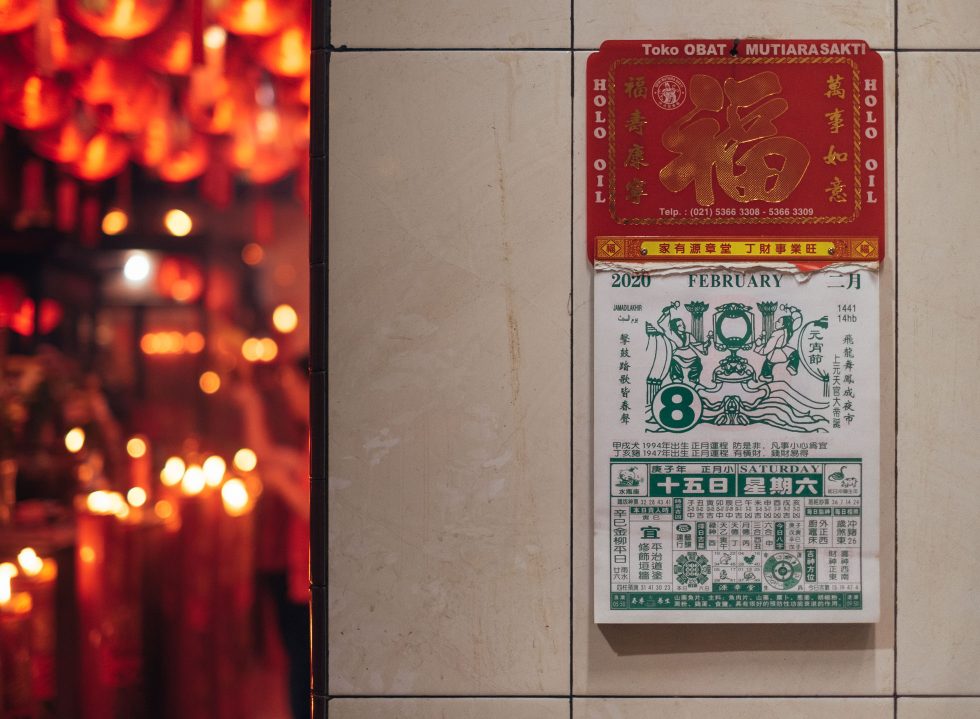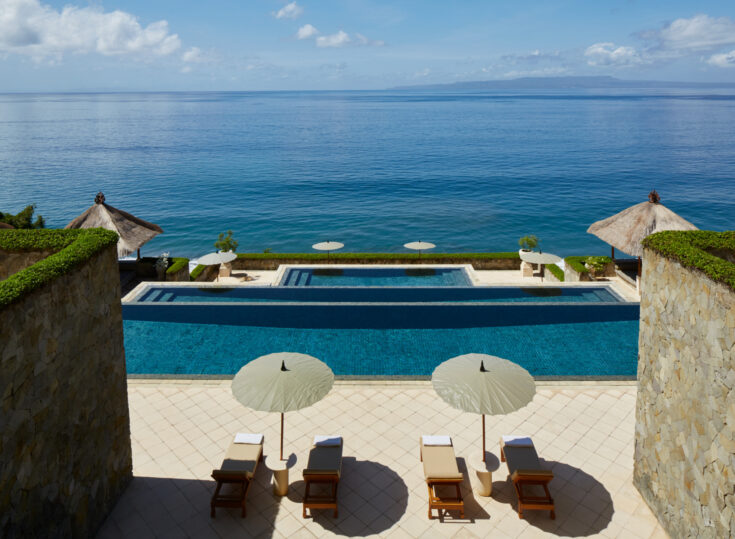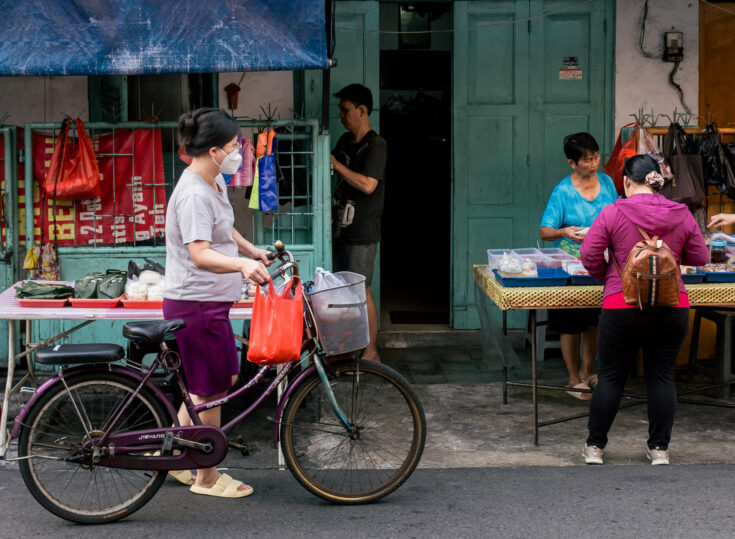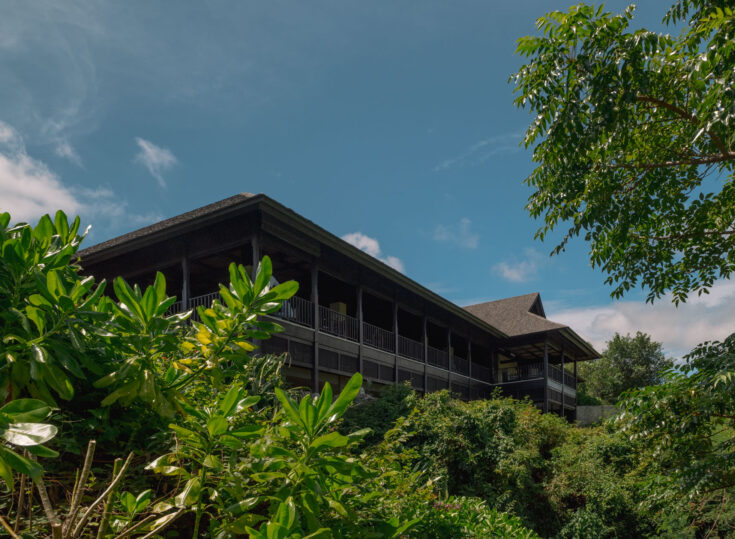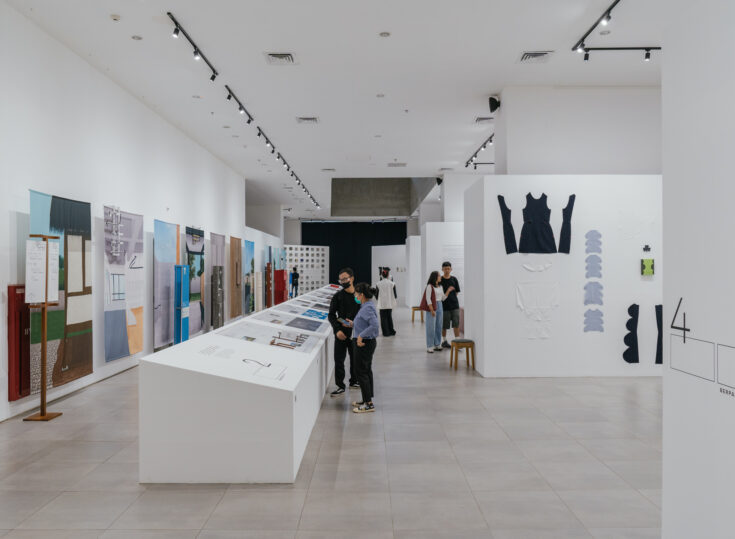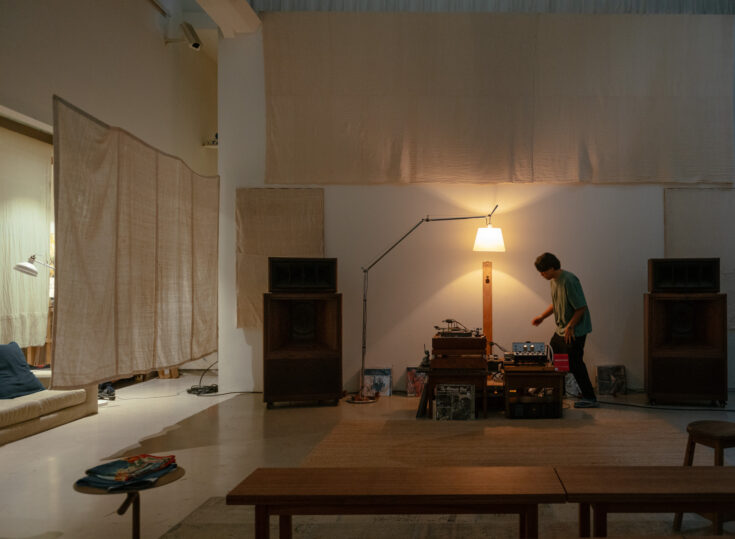“There’s been a non-stop queue since this morning, because of Cap Go Meh!” says a Pioh Tim vendor owner on the hold-up in front of Ketupat Gloria 65 Ny. Kartika Chandra, a popular food stall inside Gang Gloria in Glodok. Many lined up for the classic lontong dish, but for the Chinese Indonesian community, last Saturday, February 8, was an especially perfect day to get it.
Cap Go Meh 2571, literally translated to the fifteenth day of the Lunar New Year, kicked off with a thriving barongsai and liong dance parade outside the Pancoran Chinatown Point Mall in Glodok, West Jakarta with Governor Anies Baswedan commencing the ceremony.
Packed, humid and festive, a crowd of locals and tourists lifted up the Chinatown area of Glodok in a celebratory mood. Plethora of food and drink tenants lined up in front of the mall, but those familiar with Glodok know that food is limitless around the area. Present was the aforementioned lontong cap go meh; synonymous with the annual festival, this Peranakan-Chinese Indonesian fusion substitutes the traditional Chinese yuan xiao (rice ball) with lontong, mixed with rich assortments of Javanese dishes (such as opor ayam and sayur lodeh), a staple to symbolise assimilation of two cultures, and to signify good fortunes.
Festivities continued in high spirits throughout Petak 9, the well-known neighbourhood of Chinese Indonesian community. Inside, one of the oldest temples in the capital, Dharma Jaya Toasebio Temple, opened its gates to those who celebrate it and even to the curious passersby.
Traditional rituals such as tangsin, an ancient form of spiritual performance to call upon ancestral spirit, were held to mark the festival, but it was the sense of belonging fostered by members of the temple that made Cap Go Meh festival an event for everyone, such as inviting visitors to feast on their homemade meal, like kue keranjang (Chinese New Year cake) and wedang ronde, the Indonesian adaptation beverage of the Chinese dessert tangyuan. And of course, the famed lontong dish.
“Every year [during Cap Go Meh] people come here to pray, or take part in a spiritual healing ,” says Arifin Tanzil, a senior member of the temple. “But it is foremost a celebration of culture, there’s no intention of spreading teachings or any kind of religious elements. Think of it as a crossover of culture, and everyone is welcome to celebrate it with us.”
Burning with the same excitement, the post-Lunar New Year tradition was celebrated across different points in the city to commemorate different cultures coming together; complementing Chinese traditions were Betawi folk arts such as the iconic ondel ondel, a group of egrang and the tanjidor orchestra, as they joined the festivity. In a city as diverse as Jakarta, a celebration of culture like Cap Go Meh festival is an important signifier of people coming together and ultimately, what makes the multicultural city a place for everyone.
